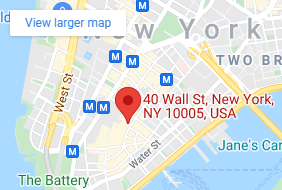With the country’s attention in Cleveland last week for the Republican National Convention, multiple references were made to the city whose river once caught on fire. While that may be quite a distinguishing characteristic, many people still do not know the whole story of the Cuyahoga River and how massive amounts of pollution set fire to water. The 1969 event is seen as one of the major contributing factors that spawned the environmental protection movement of the early 1970s.
The 85-mile Cuyahoga River winds through six counties in Ohio before flowing through Cleveland to empty into Lake Erie. The successful industrial boom in the city lead to an increase of water pollution through the early to mid-twentieth century. The pollution was so common that the river actually caught on fire quite a few times before the infamous 1969 incident. River fires were also seen in other industrial cities such as Baltimore, Detroit and Philadelphia. In 1968, Cleveland residents decided it was time for a change as voters approved a $100 million bond initiative to help clean up the river. If changes were already in the works, what then made the river fire the following year so significant?
The answer is found in a Time magazine story in August of 1969. The magazine was looking to do a story on the growing problems of environmental pollution. So on June 22, 1969, when sparks from a train caused the oil saturated river to catch fire, it provided the perfect example of horrific pollution to show the American people. Time published striking photos of the river and a ship engulfed in flames and went into detail of the industrial waste and debris that made the river look like it, “oozes rather than flows.” In reality, the fire on June 22 was so brief that no one actually took any photos of it. Time, instead, used photos from a fire on the river in 1952.
Despite how Time depicted the blazing river, the article gained enough attention and national outrage that environmental reform began to gain significant momentum. The first Earth Day was celebrated in April in 1970 and the Clean Water Act was passed by Congress two years later. The movement also helped in the creation of the federal Environmental Protection Agency and other government organizations aimed at regulating pollution on a state level as well.
While rivers may no longer be catching on fire due to pollution, the threat of other environmental hazards still remain. Flaming water in residential areas has been documented as a result of hydraulic fracking, and water contamination is of great concern across the country sparked by the lead crisis in Flint, Michigan. Owners of older homes and buildings also need to be concerned about the possibility of mold or asbestos in the walls. If you or someone in your family has been diagnosed with an illness due to any kind of toxic exposure, please call the skilled and experienced attorneys at Finz & Finz, P.C., to hold those responsible for their negligence and your suffering.




























